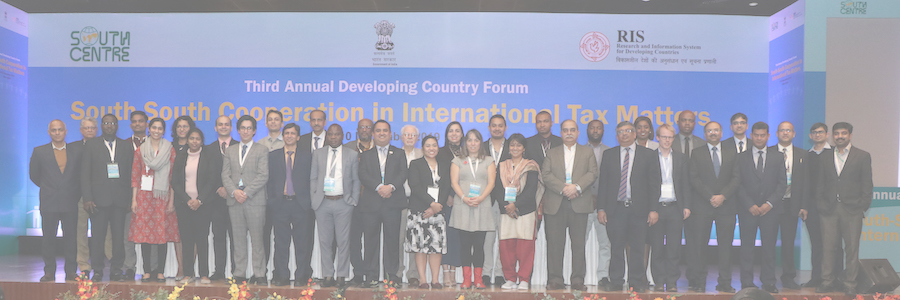Profit Attribution
India and recent updates on the OECD/G20 Inclusive Framework’s Two-Pillar Approach
By Subhash Jangala
The Organisation for Economic Co-operation and Development (OECD)/Group of Twenty (G20) Inclusive Framework in its January 2020 Statement has affirmed the commitment to arrive at a consensus-based solution to the tax challenges arising out of digitalization of the economy by the end of 2020 and take forward the on-going discussion on the two-pillar approach. This article examines some of the key issues in the Statement for developing countries, such as the scope, new nexus rules, role of accounting standards and proposed source rules. India’s proposal on profit attribution through a two-factor apportionment using employees and assets is mentioned as a potential option for country-wise thresholds in the new nexus.
(more…)
This update provides a snapshot of the publications and social media activities of the South Centre during the month of August 2018.
(more…)
Interaction of Transfer Pricing & Profit Attribution: Conceptual and Policy Issues for Developing Countries
By Dr. Vinay Kumar Singh
Till 2010, model tax conventions treated profit attribution to permanent establishments and transfer pricing under different articles, and profit attribution under Article 7 allowed sales to be taken into account both in the direct accounting method as well as the indirect apportionment method. However, the revised Article 7 in the 2010 update of the OECD Convention approximated profit attribution with transfer pricing and omitted the option of apportionment, thereby undermining sales and contributions made by market jurisdiction to business profits. When a tax treaty retains Article 7 based on the UN Convention or the earlier OECD Convention, Contracting States can take sales into account and also opt for apportionment. Developing countries need to fully understand these implications of Article 7 in their tax treaties, and opt for informed choices for transfer pricing and profit attribution to permanent establishments, including apportionment that takes sales into account.
(more…)












